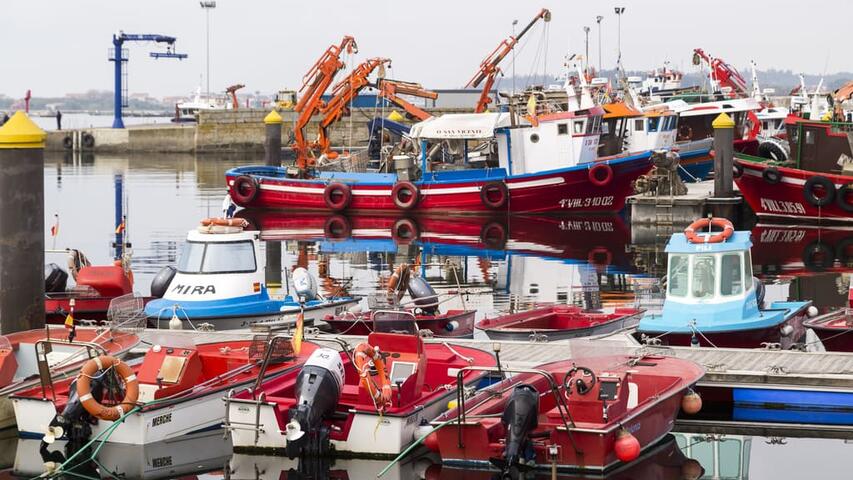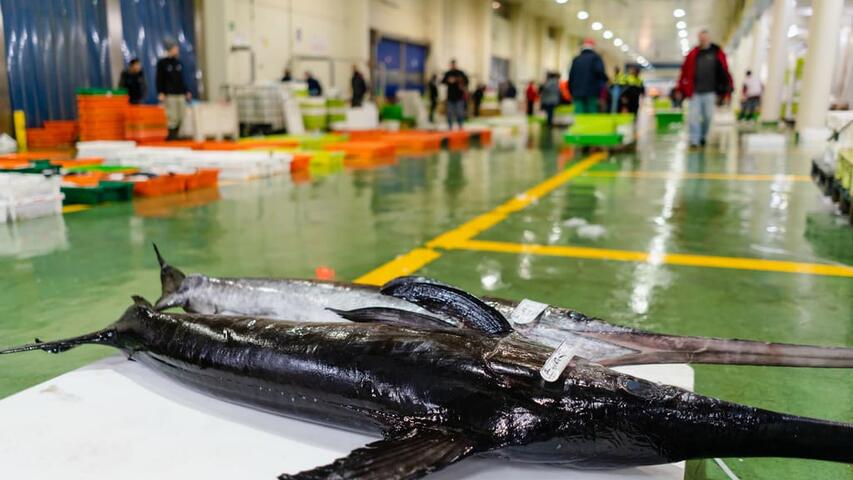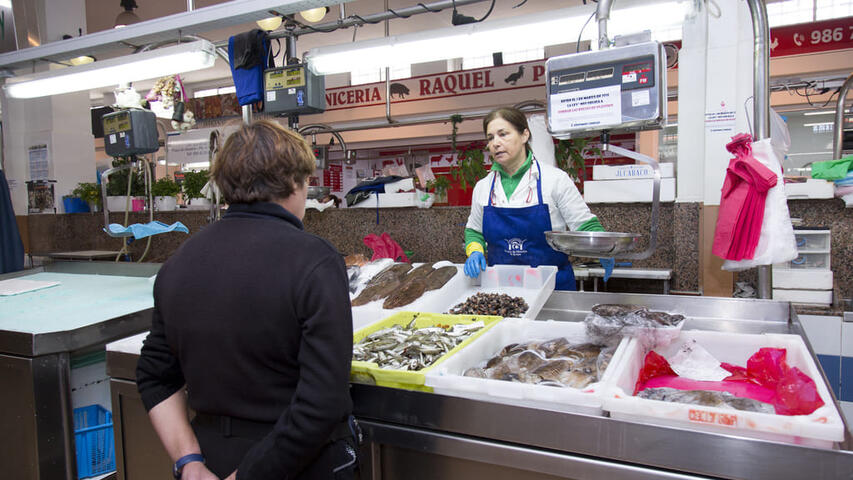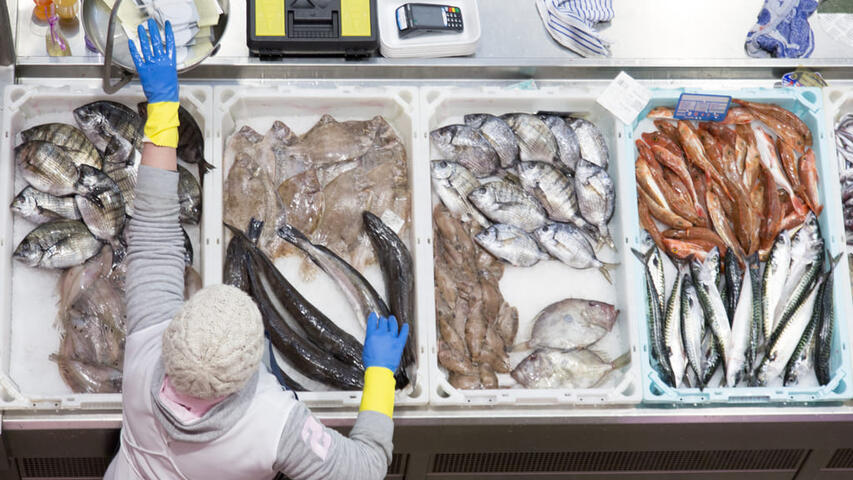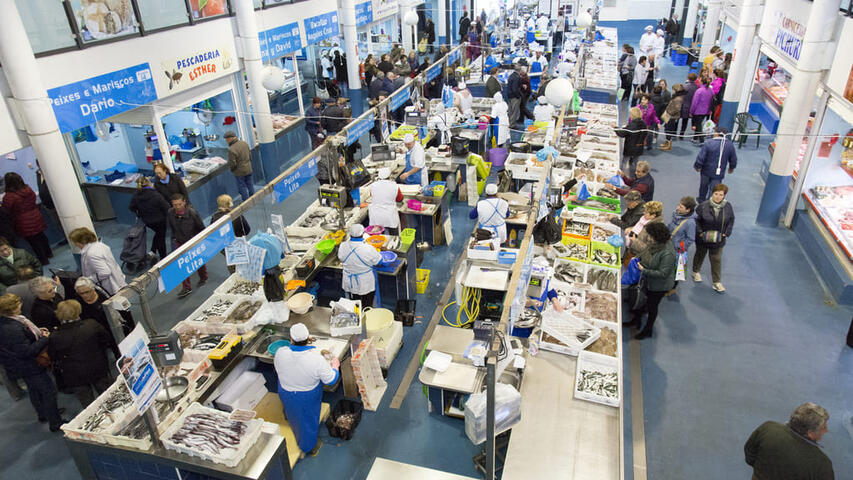Fish to suit all tastes
The fleet extracts the best product with traditional gear
The fish from the Rías Baixas also enjoys great prestige and forms part of the menus and menus of all the restaurants. The variety of products caught by the fleets of the fishing villages is enormous: sole, turbot, sea bass, hake, grouper, monkfish, sardines, red mullet, sea bream, cuttlefish, plaice, skate, snapper, mackerel and sea bass are some of the species that can be found in the province's markets and in the establishments of any municipality.
Inshore boats, which fish in the estuaries and generally close to the coast, use different gear depending on the species: gillnetting, seining or trawling are some of them. From the early hours of the morning, the sailors go out to sea to catch the fish and sell it at the fish market within a few hours.
Cephalopods, very tasty and characteristic of the cuisine of this destination, also abound in the estuaries. Octopus is especially appreciated, traditionally cooked á feira but with an increasingly wide range of recipes. Choco, squid and cuttlefish are also on this list of high quality species that are deeply rooted in the gastronomy of the Rías Baixas.
The province also has three large ports of general interest (Vigo, Marín and Vilagarcía de Arousa) , as well as other important ports where deep-sea fishing products are landed, which increases the already extensive offer. Vigo is considered the largest fresh fish port in the world. The activity in its fish markets from early morning is frenetic.

Frenetic activity at the fish market.
Vigo is Spain's leading port in fish unloading and a third of the fresh product from all over the country passes through its fish markets every day. There are days when more than 230,000 kilograms of fish are unloaded, an exceptional figure that explains the hustle and bustle in its five fish markets throughout the early hours of the morning. Ask the port authority about the possibility of making visits to attend an exciting live auction.
